Sümela Manastırı
( Sumela Monastery )Sumela Monastery (Greek: Μονή Παναγίας Σουμελά, Moní Panagías Soumelá; Turkish: Sümela Manastırı) is a Greek Orthodox monastery dedicated to Mary located at Karadağ (Greek: Sou Melá, meaning "Black Mountain") within the Pontic Mountains, in the Maçka district of Trabzon Province in modern Turkey.
Nestled in a steep cliff at an altitude of about 1,200 metres (3,900 ft) facing the Altındere valley, it is a site of great historical and cultural significance, as well as a major tourist attraction within Altındere National Park. Due to an increase in rock falls, on 22 September 2015 the monastery was closed to the public for safety reasons for the duration of one year to resolve the problem; this was later extended to three years. It reopened to tourists 25 May 2019. The monastery is one of the most important historic and touristic venues in Trabzon.
It is not known when the monastery was founded, but the Turkish Ministry of Culture and Tourism places the date around AD 386, during the reign of the emperor Theodosius I (375–395 AD).[1][2] According to William Miller, two Athenian monks named Barnabas and Sophronios founded the monastery. It became famous for an icon of the Theotokos known as the Panagia Gorgoepekoos, said to have been painted by the Apostle Luke.[3]
During its long history, the monastery fell into ruin several times and was restored by various emperors. During the 6th century AD, it was restored and enlarged by the Byzantine general Belisarius at the behest of emperor Justinian.[1]
It reached its present form in the 13th century after gaining prominence during the existence of the Empire of Trebizond. While the emperors Basil and John II had endowed the monastery richly, it was during the reign of Alexios III (1349–1390) that Sumela received its most important largess: according to legend, the young Alexios was saved from a storm by the Theotokos, and was bidden by her to restore the monastery. A chrysobull dated to 1365 confirms the freedom and autonomy of the monastery, together with all of its hereditary lands and dependents; exempts them from all taxes, except for one biannual tax; and restores to it the serfs whom the tax-collectors of Matzouka had illegally taken from it, listing 40 of the serfs by name. At that time, the monastery was granted an amount annually from imperial funds.[4] During the time of Manuel III, son of Alexios III, and during the reigns of subsequent princes, Sumela gained further wealth from imperial grants.
Following the conquest by the Ottoman Sultan Mehmed II in 1461, it was granted the sultan's protection and given rights and privileges that were renewed by following sultans. The monastery remained a popular destination for monks and travelers through the years.
In 1682 and for the following decades, the monastery housed the Phrontisterion of Trapezous, a well-known Greek educational institution of the region.[5]
Modern periodUntil the Russian occupation of Trabzon (1916–1918), the Sumela Monastery was active and was visited by monks and Christian and Muslim pilgrimages. In 1923, the Ottoman Empire collapsed and after the National War of Liberation, an independent Turkish Republic was founded by Ataturk. After 1923, the Sumela Monastery was abandoned following the population exchange between Greece and Turkey as laid down in the Treaty of Lausanne. In 1930, those who migrated founded a new monastery which they named as the new Panagia Sumela Monastery on the slopes of Mount Vermion, near the village of Kastania near Veria, in Macedonia, Greece. Some treasures from the old Sumela Monastery were carried to the new one in Greece.
In 1930, the wooden parts of the Sumela Monastery were destroyed by fire and in the years following other parts of the monastery were damaged and pillaged by treasure hunters.
As of 25 May 2019[6] the Sumela Monastery is a museum open to visitors. Restoration work is funded by the Government of Turkey.[7] As of 2012, the Turkish government is funding reconstruction work, and the monastery is enjoying a revival in pilgrimage from Greece, Georgia and Russia. The monastery's primary function is as a tourist attraction. It overlooks forests and streams, making it popular for its aesthetics as well as its cultural and religious significance.
On 15 August 2010, Orthodox divine liturgy was allowed to take place in the monastery compound.[8][9][10] A special pass issued by the Ecumenical Patriarchate of Constantinople is required to visit on August 15, the day of the Dormition of the Theotokos or Feast of the Assumption, when a divine liturgy is held. Only 450 to 500 visitors are allowed inside the monastery, although widescreen televisions are available to observe the event at a nearby cafe.
On 22 September 2015, the Monastery was closed to visitors for three years due to necessary restoration and field work. It reopened on May 18, 2019.[11]
In 2022, video footage showed modern music and dancing at the site. Amid outcry on the internet that the historic monastery was turned into a dance club, an explanation was given that this was done to promote tourism.[12]




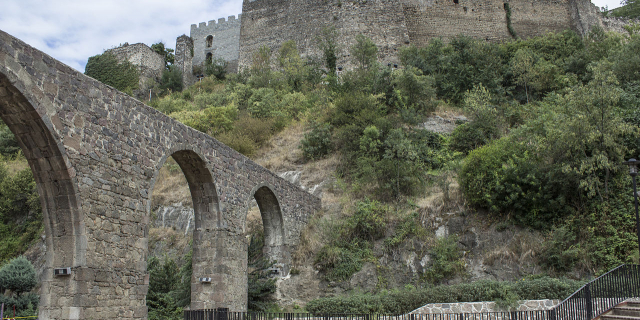

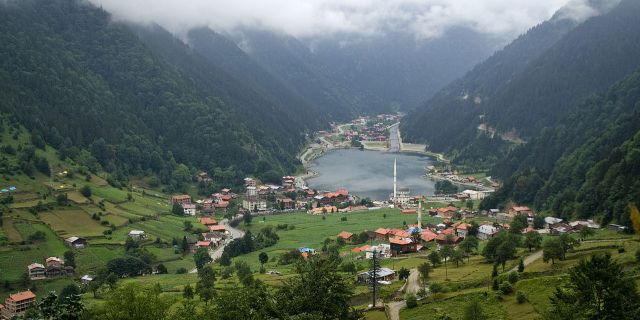


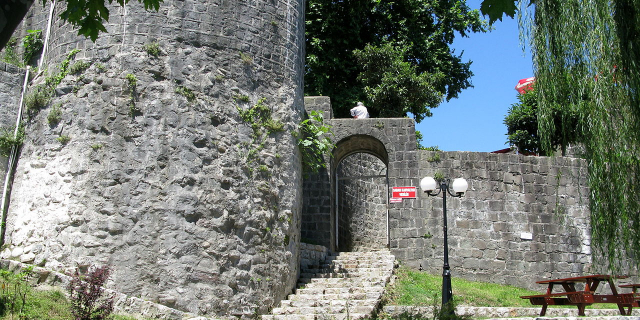












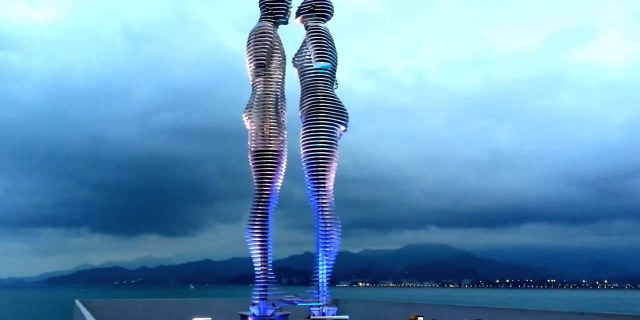

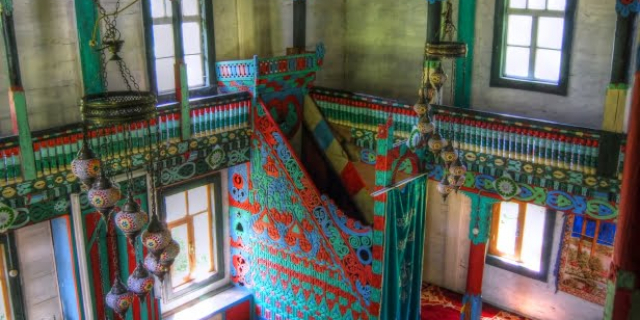


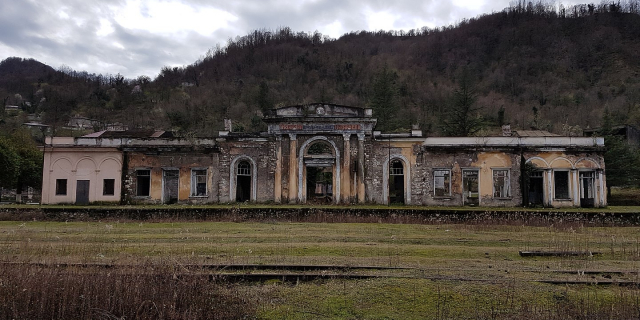

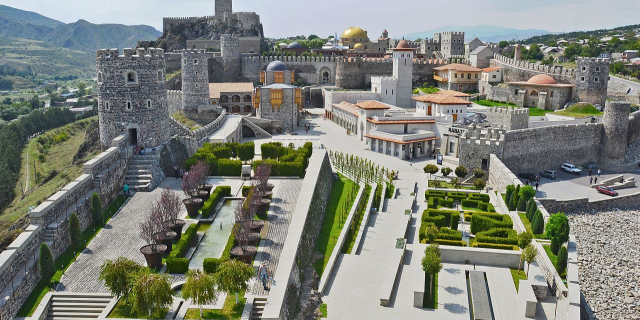
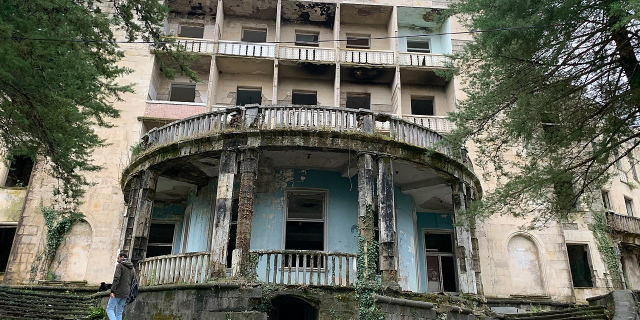
Add new comment